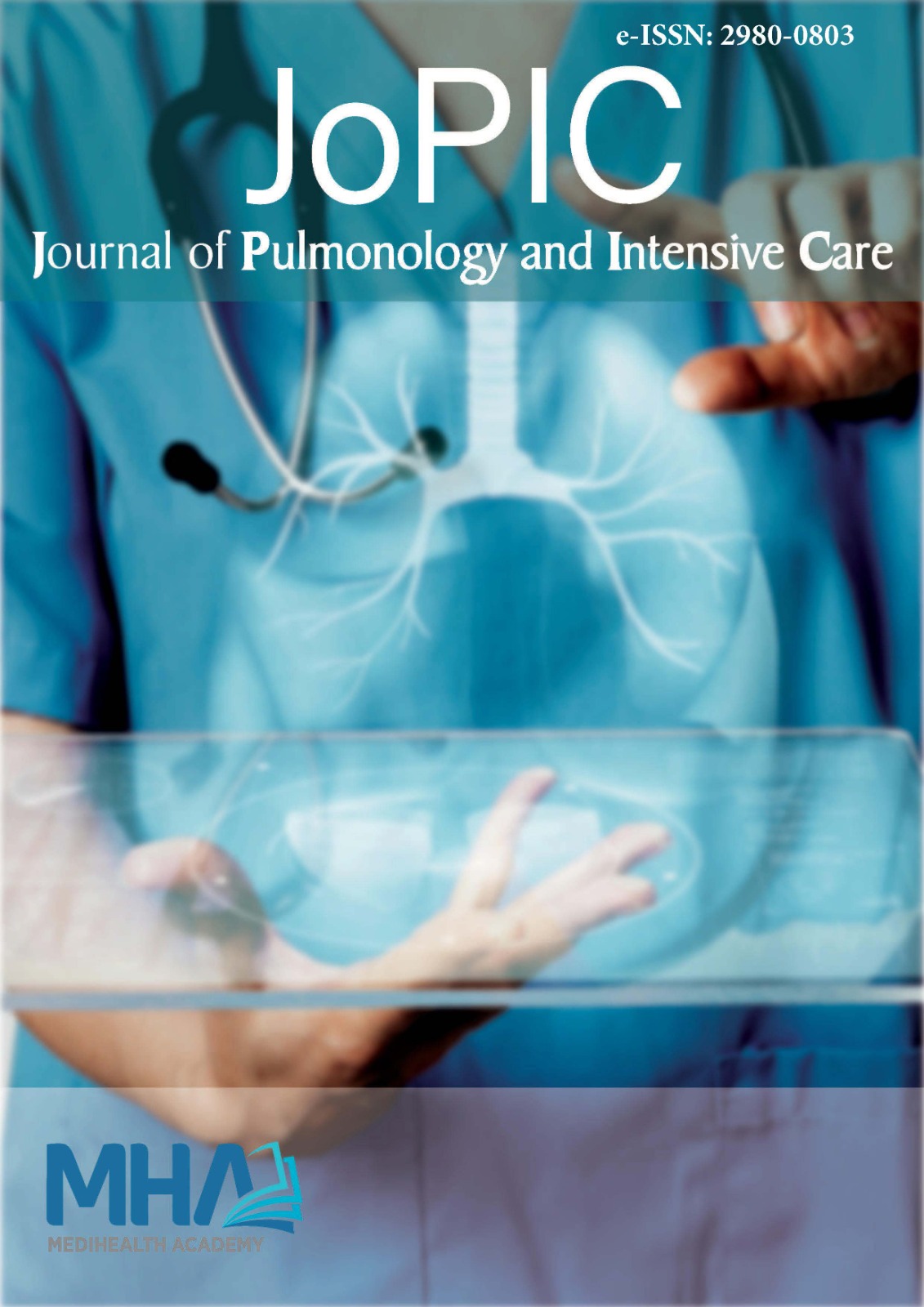1. Karapolat İ. FDG PET/CT ımaging for evaluation of treatment response in lung cancer. Nukleer Tıp Seminerleri. 2018;4(1):43.
2. Kitajima K, Doi H, Kanda T, et al. Present and future roles of FDG-PET/CT imaging in the management of lung cancer. <em>Japan J Radiol</em>. 2016;34(6):387-99.
3. Krenning EP, Valkema R, Kwekkeboom DJ, et al. Molecular imaging as in vivo molecular pathology for gastroenteropancreatic neuroendocrine tumors: implications for follow-up after therapy. <em>J Nucl Med</em>. 2005;46(1 suppl):76S-82S.
4. Evangelista L, Ravelli I, Bignotto A, Cecchin D, Zucchetta P. Ga-68 DOTA-peptides and F-18 FDG PET/CT in patients with neuroendocrine tumor: a review. <em>Clin Imaging</em>. 2020;67:113-116.
5. Jiang Y, Hou G, Cheng W. The utility of 18F-FDG and 68Ga-DOTA-Peptide PET/CT in the evaluation of primary pulmonary carcinoid: a systematic review and meta-analysis. <em>Medicine</em>. 2019;98(10):e14769.
6. Lococo F, Perotti G, Cardillo G, et al. Multicenter comparison of 18F-FDG and 68Ga-DOTA-peptide PET/CT for pulmonary carcinoid. <em>Clin Nucl Med</em>. 2015;40(3):e183-e9.
7. Ramirez RA, Chauhan A, Gimenez J, Thomas KE, Kokodis I, Voros BA. Management of pulmonary neuroendocrine tumors. <em>Rev Endocr Metab Disord</em>. 2017;18(4):433-442.
8. Rosado de Christenson ML, Abbott GF, Kirejczyk WM, Galvin JR, Travis WD. From the archives of the AFIP: thoracic carcinoids: radiologic-pathologic correlation. <em>Radiographics.</em> 1999;19(3):707-736.
9. Hauso O, Gustafsson BI, Kidd M, et al. Neuroendocrine tumor epidemiology: contrasting Norway and North America. <em>Cancer</em>. 2008; 113(10):2655-2664.
10. Geijer H, Breimer LH. Somatostatin receptor PET/CT in neuroendocrine tumours: update on systematic review and meta-analysis. <em>Eur J Nucl Med Mol Imaging</em>. 2013;40(11):1770-1780.
11. Antunes P, Ginj M, Zhang H, et al. Are radiogallium-labelled DOTA-conjugated somatostatin analogues superior to those labelled with other radiometals? <em>Eur J Nucl Med Mol Imaging</em>. 2007;34(7):982-993.
12. Raphael MJ, Chan DL, Law C, Singh S. Principles of diagnosis and management of neuroendocrine tumours. <em>Cmaj</em>. 2017;189(10):E398-E404.
13. Filosso PL, Oliaro A, Ruffini E, et al. Outcome and prognostic factors in bronchial carcinoids: a single-center experience. <em>J Thorac Oncol</em>. 2013; 8(10):1282-1288.
14. Gosain R, Mukherjee S, Yendamuri SS, Iyer R. Management of typical and atypical pulmonary carcinoids based on different established guidelines. <em>Cancers</em>. 2018;10(12):510.
15. Singh S, Poon R, Wong R, Metser U. 68Ga PET imaging in patients with neuroendocrine tumors: a systematic review and meta-analysis. <em>J Nucl Med</em>. 2018;43(11):802-810.
16. Ouml;berg K, Knigge U, Kwekkeboom D, Perren A. Neuroendocrine gastro-entero-pancreatic tumors: ESMO clinical practice guidelines for diagnosis, treatment and follow-up. <em>Ann Oncol</em>. 2012;23(Suppl 7):vii124-vii130.
17. Kayani I, Conry BG, Groves AM, et al. A comparison of 68Ga-DOTATATE and 18F-FDG PET/CT in pulmonary neuroendocrine tumors. <em>J Nucl Med</em>. 2009;50(12):1927-1932.

